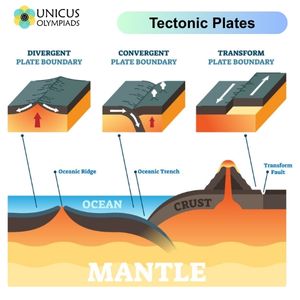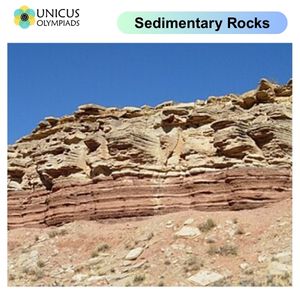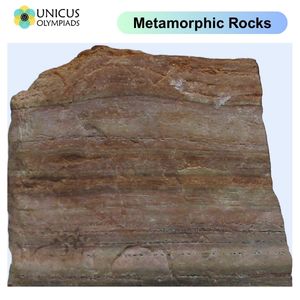

Continental drift and the formation of rocks are fundamental concepts in geology that help explain the Earth's dynamic nature. Continental drift refers to the gradual movement of continents over time, while the formation of rocks provides insights into the processes that shape the Earth's surface. Together, these concepts help us understand the forces driving the Earth’s geology, from the shifting of landmasses to the creation of different types of rocks. This article will explore the theory of continental drift, how it influences Earth's landscape, and the processes involved in rock formation, providing examples to help better understand these geological phenomena.
Continental drift is a geological theory that suggests that the continents have moved over geological time and were once joined together as a supercontinent called Pangaea. Over millions of years, the continents drifted apart to their current positions. The theory was first proposed by Alfred Wegener, a German meteorologist and geophysicist, in 1912. While the idea was initially controversial, it gained widespread acceptance after the development of plate tectonics theory, which provided the scientific framework to explain the movement of continents.
Several lines of evidence support the theory of continental drift, and these have been critical in confirming Wegener’s hypothesis:
The theory of plate tectonics builds upon Wegener’s idea of continental drift by explaining the mechanism behind it. The Earth's lithosphere is divided into large sections called tectonic plates, which float on the semi-fluid asthenosphere beneath them. These plates move due to the convection currents in the mantle, driven by heat from the Earth’s core. The movement of these plates is responsible for the drifting of continents, as well as the formation of mountain ranges, earthquakes, and volcanic activity. The interactions between these plates are categorized into three types:

Rocks are solid aggregates of minerals and other materials, and they form through various geological processes over time. There are three main types of rocks: igneous, sedimentary, and metamorphic. Each type forms through distinct processes that involve the cooling, compression, or alteration of materials within the Earth's crust.
Igneous rocks form from the cooling and solidification of molten rock, either magma beneath the Earth’s surface or lava that erupts from volcanoes. The rate at which the molten rock cools determines the texture and type of igneous rock that forms.

Granite is an intrusive igneous rock that forms when magma slowly cools deep within the Earth. It is composed primarily of quartz, feldspar, and mica. Granite is commonly used in construction due to its durability and aesthetic appeal. It is often found in mountain ranges where tectonic forces have brought deep Earth layers to the surface.
Sedimentary rocks form from the accumulation and compaction of sediments, which can be particles of rocks, minerals, or organic materials. Over time, these sediments are deposited in layers and undergo pressure and chemical processes that cement them into solid rock. Sedimentary rocks often contain fossils, providing valuable information about the Earth’s history.

Limestone is a common sedimentary rock that forms from the accumulation of calcium carbonate from marine organisms such as coral and shellfish. Over time, the shells and skeletons of these organisms accumulate on the ocean floor, where pressure compacts them into solid rock. Limestone can be found in many regions, often forming the foundation for caves and landscapes such as the White Cliffs of Dover in the United Kingdom.
Metamorphic rocks form from the alteration of pre-existing rocks (either igneous, sedimentary, or other metamorphic rocks) due to high pressure, temperature, or chemical reactions. This process, called metamorphism, occurs deep within the Earth’s crust. The minerals in the rock are rearranged or transformed into new minerals, which gives metamorphic rocks their unique properties.

Marble is a non-foliated metamorphic rock that forms from the metamorphism of limestone. When limestone is exposed to high pressure and temperature, its minerals recrystallize, forming marble. This process enhances the rock’s strength and makes it more suitable for use in sculpture and architecture. The Taj Mahal in India, for example, is made of white marble.
Plate tectonics plays a critical role in the formation of rocks. As tectonic plates move and interact, they create environments where rocks can form, break down, or be altered. The movement of plates leads to the formation of mountain ranges, the creation of volcanoes, and the subduction of oceanic plates, all of which influence the rock cycle. For example: